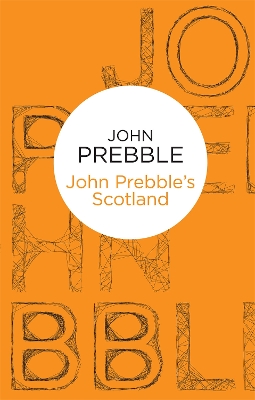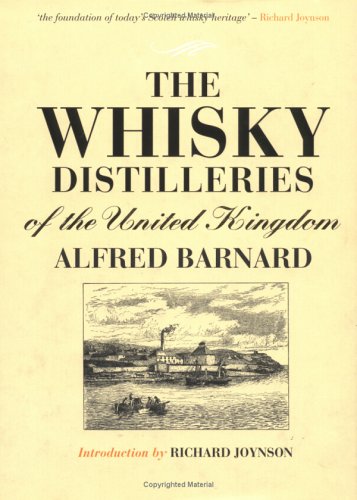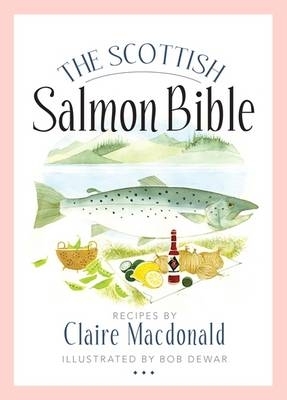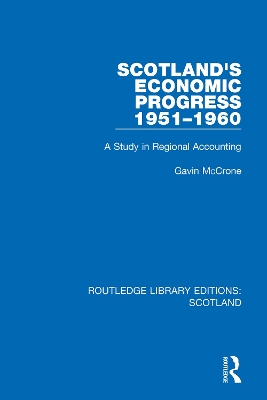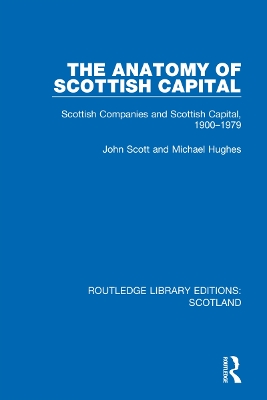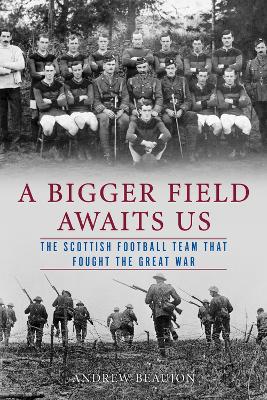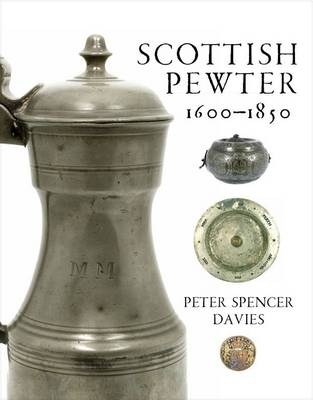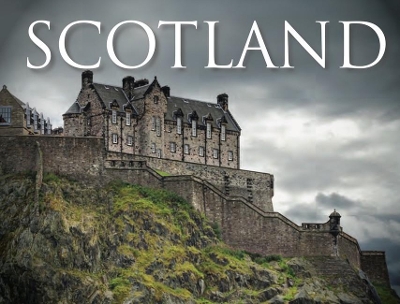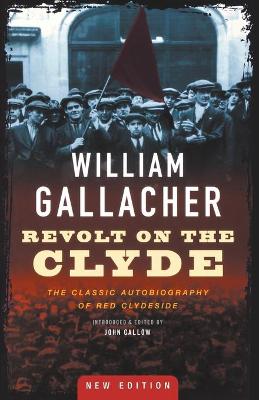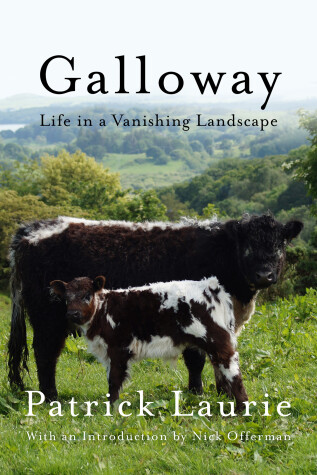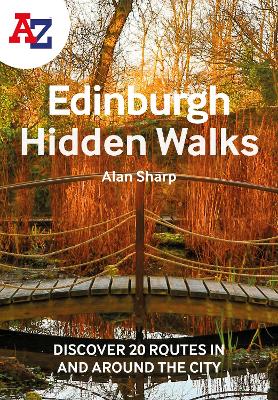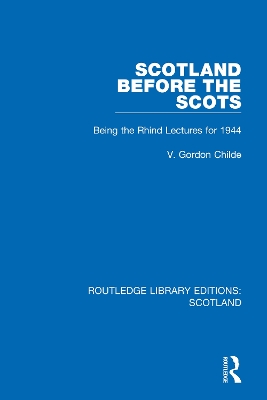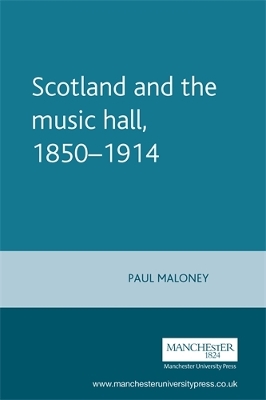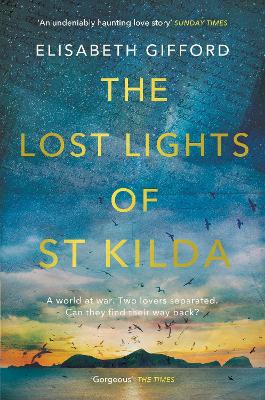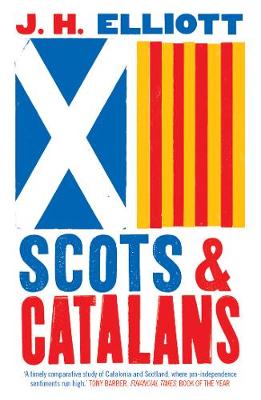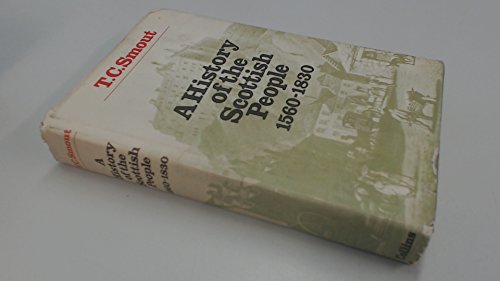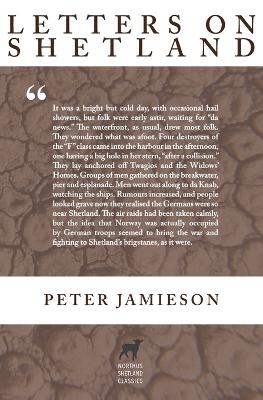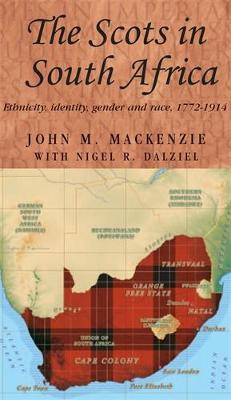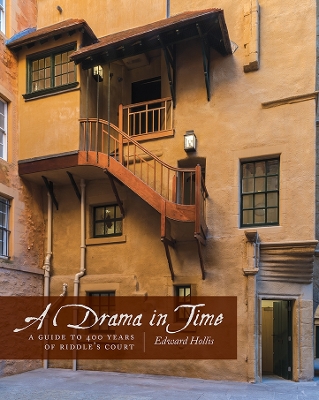At the age of twenty-one, John Prebble set out to 'discover' Scotland, and just as Scott had been enthralled by this fiercely distinctive land, so Prebble's imagination was similarly enchanted and challenged. The Lion in the North and Culloden, amongst others, are part of that lifelong fascination but John Prebble's Scotland is a direct result of the re-tracing of earlier steps, drawing upon a rich store of social history, anecdote, folklore and literature to conduct the reader through the Highl...
Around 1885, Alfred Barnard was secretary of Harper's Weekly Gazette, a journal dedicated to the wine and spirit trade. In order to provide his readers with the history and descriptions of the whisky-making process, Barnard decided to visit all distilleries in Scotland, England and Ireland. Accompanied by friends, he visited over 150 distilleries. The names found in his reports still excite the dedicated whisky connoisseur today, as well as others whose fame has faded since the end of the 19th c...
New title in the same series as bestselling The Stornoway Black Pudding Bible, The Italian Sausage Bible and The Macsween Haggis Bible Salmon can be eaten any time, and makes excellent starters, main courses, breakfasts and snacks, and there suggestions for all of these in this book. Due to its high protein content, omega-3 fatty acids and vitamin D, salmon is one of the most nutritious fish available, with many health specialists recommending that it should be eaten three times a week. In this...
Scotland's Economic Progress 1951-1960 (Routledge Library Editions: Scotland)
by Gavin McCrone
Originally published in 1965, this book subjected the economic performance of Scotland to close examination. The progress of the Scottish economy from 1951 to 1960 was assessed in quantitative terms and estimates provided of Scottish gross domestic product, income from employment, gross profits and other economic statistics. Chapters are devoted to output and investment in manufacturing in industry and to personal income and expenditure. The results showed the extent to which the Scottish econom...
The Anatomy of Scottish Capital (Routledge Library Editions: Scotland, #27)
by John Scott and Michael Hughes
Originally published in 1980, this book gives a concrete description of the development of Scottish companies and Scottish capital through the 20th Century, based on empirical study. The study begins with the major companies of 1904-5 and examines their history and subsequent development. The top companies in a number of periods are also examined and the study concludes with an investigation of the major companies of 1973-4 and their response to the (then) recent oil developments. The book uses...
Pewter was in everyday use in most households, churches and places of commerce in Europe for hundreds of years before it fell out of favour in the eighteenth and nineteenth centuries as new materials and manufacturing methods became available. The pewter wares of Scotland have for a long time interested collectors, who have been attracted by their simple functionality of form, reflecting the protestant culture of the time. Despite this, very little research had been carried out, and Scottish pew...
When you think of Scotland do you picture rugged castles amid mountains, lochs and glens, or Edinburgh's elegant streets? Perhaps tartan kilts, the Loch Ness Monster, or golf, which originated in Scotland in the Middle Ages, spring to mind. Scotland's landscape and culture make it stand out as one of the most enchanting places on earth. There is much to discover in this breathtakingly beautiful country. Scotland's wilderness and charming cities, high mountains disappearing into the mist and tiny...
Tanks on the streets, local regiments confined to barracks and the imposition of martial law.This was not Petrograd, but Glasgow in 1919.Revolt on the Clyde is William Gallacher's eye witness account of these tumultuous events - and more - in an era that helped put the 'Red' into 'Red Clydeside': as the bastion of Scottish socialism. It is the story of establishing works councils, of rent strikes and of the opposition to the First World War, an opposition that seemed poised to usher in a sociali...
On the land of his ancestors in Scotland, a young farmer struggles to find a balance between farming, the conservation of wild, and human culture as he establishes a herd of heritage cattle. Galloway, an ancient region in an obscure corner of Scotland, has a proud and unique heritage based on hardy cattle and wide moors. But as the twentieth century progressed, the people of Galloway deserted the land and the moors are transforming into a vast commercial forest. Desperate to connect with his...
Connecting History: Higher The Impact of the Great War, 1914-1928
by Euan M. Duncan
Exam board: SQALevel: HigherSubject: HistoryFirst teaching: September 2018First exam: Summer 2019Fresh stories, fresh scholarship and a fresh structure. Connecting History informs and empowers tomorrow's citizens, today.Bringing together lesser-told narratives, academic excellence, accessibility and a sharp focus on assessment success, this series provides a rich, relevant and representative History curriculum.> Connect the past to the present. Overarching themes of social justice, equality, cha...
Discover hidden gems around Edinburgh with 20 walking routes. Featuring 20 walks in and around the city, including lesser-known circuits and details on popular walks. Accompanied by guided walking instructions and written by a local expert, A-Z Edinburgh Hidden Walks is the perfect way to explore the city in a new light. Small enough to fit in a bag or pocket, this handy guidebook is ideal for tourists or locals looking to discover more about the city. Each route varies in le...
Scotland Before the Scots (Routledge Library Editions: Scotland, #6)
by V. Gordon Childe
Originally published in 1946, this book presents in what can arguably be described as an unusual way, a slice of Scottish social life by applying to prehistory the principles of Marxism as practised by Soviet scholars of Russian prehistory. Using archaeological evidence, the author distinguishes 6 stages - from the earliest definable groups of immigrants to the Iron Age. There are 10 appendices, devoted to the typology and classification of tombs, pottery, implements and fortifications.
Calton Hill, on the eastern edge of Edinburgh's centre, has a special relationship with the city. Development of the hill and its surrounding area (often referred to as Edinburgh's 'Third New Town') began in the late eighteenth and early nineteenth centuries by a decision-making elite, who proposed to change the site from a rural periphery into the new urban core of the city. This book shows that the architecture and urban design on Calton Hill was a demonstration of Scotland's cultural identity...
Scottish Record Society; Register Of Edinburgh Apprentices 1666-1700
Scotland and the Music Hall, 1850-1914 (Studies in Popular Culture)
by Paul Maloney
Music hall was the most dynamic and successful popular theatre genre of the 19th century. It reflected the lifestyles and preoccupations of working people in a way that only television in the modern era has done since. Our own impressions of Victorian society still owe much to music hall songs and idioms, in terms such as Jingoism. While London dominated the wider British music hall, Glasgow was the centre of a vigorous Scottish performing culture, one developed in a Presbyterian society with a...
*SHORTLISTED FOR THE RNA HISTORICAL ROMANCE AWARD 2021**LONGLISTED FOR THE HIGHLAND BOOK PRIZE 2020*'Desperately romantic, lyrically written and with a fascinating plot' Katie FfordeChrissie Gillies comes from the last ever community to live on the beautiful, isolated Scottish island of St Kilda. Evacuated in 1930, she will never forget her life there, nor the man she loved and lost who visited one fateful summer a few years before. Fred Lawson has been captured, beaten and imprisoned in Nazi-co...
A landmark account that reveals the long history behind the current Catalan and Scottish independence movements A distinguished historian of Spain and Europe provides an enlightening account of the development of nationalist and separatist movements in contemporary Catalonia and Scotland. This first sustained comparative study uncovers the similarities and the contrasts between the Scottish and Catalan experiences across a five-hundred-year period, beginning with the royal marriages that broug...
A beautiful new cover for one of Fontana Press's hardiest perennials. `By far the most stimulating, the most instructive and the most readable account of Scotch history that I have read...this splendid work carries us from Knox to Neilson, from the hot gospel of Calvin to the hot-blast of the smelting process - and incidentally seeks to explain the change. For always, in following this lucid narrative, we see an original mind at work, questioning and explaining, as well as illustrating...
Letters on Shetland (Northus Shetland Classics, #4)
by Peter Jamieson
Discover Edinburgh's volcanic geography, ancient alleys and architectural modernism with this explorer's guide to the Scottish capital. More than 100 fascinating and unusual historical sites, including ancient closes and secret gardens, mysterious monuments and unexpected underworlds, storied graveyards and industrial relics. From ancient homes and ruined churches to an Art Deco petrol station and a library for poets. Locations include the Innocent Railway, a Scottish Acropolis, the Arthur's Se...
Integration, Enlightenment, and Industrialization (Heritage) (Social History of Canada,, #6)
by Professor Bruce Lenman
This is a study of Scottish society from the defeat of the last Jacobite rebellion at Culloden in 1746 to the passing into law of the Scottish Reform Bill in July 1832. It is a period when the Scottish Enlightenment reached and perhaps passed its peak, but if the earlier decades saw the rise of some of the most influential thinkers of the contemporary world, the latter part of the period saw a flourishing of imaginative literature. Economically, the period saw quite unprecedented change in the L...
The description of South Africa as a 'rainbow nation' has always been taken to embrace the black, brown and white peoples who constitute its population. But each of these groups can be sub-divided and in the white case, the Scots have made one of the most distinctive contributions to the country's history. The Scots, as in North America and Australasia, constituted an important element in the patterns of White settlement. They were already present in the area of Dutch East India Company rule and...
Riddle's Court is a unique survival: an A-listed 16th-century courtyard house set behind the Royal Mile close to Edinburgh Castle. Over the centuries it has been a merchant's house, aristocratic apartments, overcrowded tenements, a mechanics' subscription library, a university hall of residence, emergency post-war housing, a community learning centre and an Edinburgh Festival Fringe venue. The property contains significant architectural features, including a rare late 16th-century painted beam...
